1. THE GODDESS WHO MENSTRUATES!
In Chenganoor village, Kerala, lies a temple cloaked in mystery, for within is the temple dedicated to the Goddess Bhagavathy who gets her monthly periods!
History behind the Mystery
Legend has it that 33 crores of Devas and Asuras had gathered to witness Lord Shiva’s marriage ceremony in Mount Kailas, resulting in the balance being tipped at the North.
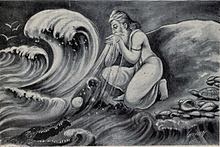 Alarmed, the Lord instructed Sage Agastya to move to the South. The latter chose Chenganoor as the spot.
Alarmed, the Lord instructed Sage Agastya to move to the South. The latter chose Chenganoor as the spot.
So that Agastya would get a glimpse of the sacred ceremony, the divine couple moved to Chenganoor but the Goddess had begun to menstruate during her stay here.
Even today, this phenomenon prevails, thus confirming the fact that Divine Energies do dwell in stones as well!
Centuries ago, after the idol was installed, the temple priest was flummoxed upon spotting stains in Her robes. He summoned his wife and other ladies to confirm this.
If still shocked, then let’s hear the story of a Britisher ‘Munro’. During the reign of Travancore kings, Munro was in charge of temple grants. Upon hearing this legend, he laughed and sneered at the Indian preoccupation with superstition, and stopped the temple grant. Soon enough, his wife discovered that her menses did not stop!
When no physician could cure her, someone advised him to resume with the grant. With no other solution in sight, he took an oath that he’d open a trust if his wife was cured. Needless to say, the woman was cured of her malady and the grant was resumed too!
While the periods today occur only once in 2-3 years, the Goddess’s robes known for their medicinal properties, are known to cure gynecological disorders. Thousands throng to buy these robes, which are sold in the premises!
The deity is moved into another chamber whose sanctum sanctorum remains shut during the period.
Note: Along with sarees & flowers, tiny cradles available in the premises are offerings that are made. Couples wanting to be blessed with a progeny, can buy & offer these to the Goddess.
Dusshera is one Hindu festival celebrated in every Indian state, but not in the town of Baijnath.
History Behind the Mystery
Once the evil King Ravan meditated upon a Jyothirlinga at Baijnath.
Pleased, the Lord conceded to settle down with Ravan in Lanka. The Lord asked to be carried to Sri Lanka in the Linga form, provided the Linga was not placed anywhere on Earth en route to Sri Lanka!
Upon reaching Baijnath, Ravana had an urge to answer Nature’s call. He handed over the sacred stone to a shepherd, instructing him not to place it on the ground.
But finding the stone heavy, the shepherd settled it down for a moment, after which the Linga got installed here permanently. Should we think that God has a way of teaching devotees a lesson??
Baijnath rose to fame because of the temple, and the villagers owe it to Ravan!
As a mark of gratitude, burning Ravan’s effigy is never a custom here. While Kullu is renowned for Kullu Dusshera, in Baijnath it’s never celebrated!
On the temple precincts, is a lawn bearing a plaque indicating the exact spot where Ravan had meditated.
3. WONDERS AT THE LORD’S WORLD
This 800 year old temple is renowned for the wooden handless idols of Krishna, Subhadra & Balabhadra. Apart from this, there are many more wonders prevailing in the premises.
History behind the Mystery
*The annual Car Festival (Ratha Yatra) attracts scores of visitors every year. The 3 idols are placed in a chariot and taken out in a procession. Every year a new chariot is created and every 12 years new idols are carved out.
*The idols are always carved from wood of a Neem tree that’s found growing at crossroads, with absolutely no untoward marks on it and with no bird having built its nest on its branches! The tree should also bear a snake hole, it seems.
*The chariot that carries the idol symbolizes the human body, with the horses being human desires and the charioteer being the person who holds the reins.
*The Sudarshana Chakra atop the Shikra always faces only you, irrespective of which place you try to face it from. So none can sight even the sides of the disc!
*While airplanes are designed by humans, birds are designed by Nature. But, no plane or even birds are known to fly above the temple!
*In the temple kitchen, 7 pots are piled on top of each other when the Prasad is being cooked on firewood. But it’s observed that the dish inside the pot on top gets cooked first and the one at the bottom gets cooked last!
*The quantity of food cooked remains the same and can feed any number of devotees spanning from a few thousands to a lakh even and still never gets wasted!
*When you enter through the main gate, there’s no sound of the roaring ocean but when you exit from the same spot, ocean waves are audible!
I’m determined to make a revisit, now that I know there’s more to Puri.
4.TESTING THE TUBE AT TITWALA TEMPLE
Titwala and Ganpati are synonymous! But, nearby is a nondescript Vitthal Mandir with a remarkable feature.
What no devotee can resist is, lending a ear to the Bhajans (hymns) that are sung in Pandharpur ―a temple that is more than 100 miles away!
History behind the Mystery
Maratha King Shivaji had built forts atop hills to defend Marathas from the Mughals. During war, what shocked the Muhgals was that their strategies were always known to Shivaji even before the Mughals had a chance to execute them. They were also amazed to see the speed and ease with which the Great Maratha king communicated with his commanders at every province, without budging an inch from where he was!
Thanks to the Transmission Lines set within the forts through which commanders communicated! The same Transmission Line is what facilitates this magic too!
Every time I visit Titwala, this fascinating aspect never fails to thrill me. Usually one can find a beeline of devotees waiting to listen to the hymns.
5. THE RAMESHWARAM TEERTHS
It was December of 1996 when we arrived wet and famished at Rameshwaram, Tamil Nadu.
Separated from mainland India, Rameshwaram on Pamban Island, & Sri Lanka are about 270 kilometers as the crow flies. Our train from Madurai snaked through the Pamban Bridge with the ocean lashing on all 4 sides, to reach Pamban Island where Ramanathswamy Temple is.
At Rameshwaram we had to take a holy dip in 24 of the 64 holy Teerths(Ponds). Our guide informed us that all Indian rivers converged at Rameshwaram and thus the temperature and taste of each would differ from the other!
And of course, the temperature of some were warm despite the ceaseless rains outside, while others were cold! Some had a salty taste, while some were tasteless. Remember, all these waters were exposed to the elements and despite the relentless rain and storm outside, the waters retained their original quality! The warm temperature of some, is still inexplicable!
Ramnathaswamy Temple’s 1000 pillared complex is another wonder!
The ceiling between each pillar contains lively friezes done up in bright colors. The third corridor is the longest in the world!
This shore temple looks like just any other temple in Tamil Nadu, but here the sanctum sanctorum is actually located below sea level ―within a cave! A flight of steps leads you down to the sanctum where the idol of Lord Kartikeya is worshipped.
When you look out from this point, the sea level is higher! The shoreline is just about 100 meters away from the temple.
While this phenomenon is still a moot point among scientists and laymen, we can only conclude that Temple Architecture in ancient India followed certain rules and also adhered to the laws of Nature.
7.BIJLI MAHADEV TEMPLE-HIMACHAL PRADESH
For, here atop Mathan Hills, is the sacred temple of Bijli Mahadev whose presiding deity is Lord Shiva.
‘Bijli’ which means ‘lightning’ highlights a rare and wondrous phenomenon which occurs when lightning strikes, shattering into smithereens the phallic symbol-the Shiv Ling! This electrifying event is however not frequent, but does occur. Yet, when it occurs, the Linga is magically joined together by the temple priest, into a single piece again by using clarified butter (ghee) as adhesive!
The butter (ghee) that’s also found within the temple is what is used by the priest to join the pieces together.
Koothanoor Saraswati Temple, Kumbakonam, Tamil Nadu ―a 1000 year old temple is one of the 6 temples dedicated to the Goddess of Wisdom.
Students wanting to progress academically, and even disciples of fine arts seek the grace of this Goddess. Not just flowers but also hall-tickets and papers bearing student’s name and roll number, find their way to Her sacred feet here!
9. THE LAKE THAT NEVER FREEZES
Given the tortuous as well as torturous journey, Gurudongmar Lake in Sikkim, is only for the intrepid traveler! A 10 hour journey from Gangtok brought us to Lachen at night.
So what’s so unique about the place? There’s no temple here, although a Gurudwara does greet you.
May of 2012….the lake lay placid with its limpid waters reflecting the silvery clouds of the sky in a cold desert, surrounded by snow-clad mountains and low levels of oxygen!
Gurudongmar Lake is one of the highest lakes in the world, located at an altitude of 17,100 ft!
Legend has it that the lake used to freeze in winter, thereby disabling humans from using water for their needs.
Whizzing and hurtling past ragged roads and dodging precarious ravines, many times during the journey I cursed myself for not abandoning this visit…
My sister-in-law who’s usually wary of strenuous travel, just hugged me exclaiming, “Thanks Shubhs for bringing us here!” I wondered if we were hallucinating thanks to low levels of Oxygen! 😜
10. TOWERING ―TALL & PROUD!
Known as Rajarajeshwaram Temple and also as Peruvudaiyar Kovil, Periya Kovil (Big Temple), or Brihadeeshwara Temple is certainly a pride of Tanjavur in Tamil Nadu, whose colossal Gopuram can be sighted from anywhere in Tanjavur!
Brihadeeshwara Temple dedicated to Lord Shiva is a part of UNESCO’s World Heritage Site as ‘Great Living Chola Temples’!
15 years ago, when we visited, we wanted to see this marvel unfold. Unfortunately Tanjavur was experiencing a spell of rains although it was only mid-April!
The grey clouds concealed the sun although the showers had abated that morning and the sweet fragrance of wet earth wafted through the cool breeze that the showers brought.
Outside the sanctum sanctorum are other smaller temples which certainly need a mention for the profuse carvings and intricate details.
11. THESE WOODS ARE DARK & DEEP
Brijbhoomi needs no mention as the place often conjures up images of Raasleela!
Brijbhoomi is also synonymous with the spray of Pichkari, an air of flirtatious mischief & scoops of butter!
When we stepped into Mathura, that’s exactly how we felt. The following morning, we ventured out to Vrindavan. The cold December morning chill made us huddle together into a bullock-cart.
The air was redolent of cow-dung and, the jingling of bells accompanied us as the pastoral scene unfolded…
What fun it would be to spend a week at the heart of this nondescript village!
Vrinda meaning ‘Holy Basil’ (Tulsi) and Vann meaning ‘grove’, Vrindavan is the place where Lord Krishna spent his growing years after being born in Mathura.
Once here, we couldn’t help but visualize the romance that must’ve transpired between Radhika and Krishna.

A local guide led us to Nidhivan-a grove which abounds with Tulsi shrubs. Highlighting the significance of Vrindavan, he mentioned, “This is the grove in which Krishna danced with Radha (Radhika) and the Gopis every night.
- The Tulsi Grove-Nidivan
Pointing to the shrubs he continued, “Come night and even today these Tulsi plants transform into Gopis and Radha & Krishna and perform the celestial dance! Mind you, no one is allowed to wander here after dusk. Those who’ve tried watching the coupling, have instantly perished or have become dumb. This is true of even straying cattle. Every morning the celestial beings assume their normal faunal forms!”
This intriguing piece of information didn’t seem a myth when the guide claimed to know of accursed living beings loitering about the streets of Brijbhoomi, in their demented state.
Can anyone dare testify this?? We stood speechless….
Note: The streets of Mathura are famed for their Pedhas and other sweetmeats. But, nothing to beat brass bells and golden frames framing the romantic razzmatazz between the Gopis and Krishna and also the mischief of Maakhanchor with Yashoda.
But what anyone would die for is the picture of His true love Radharani!
12. PILLARS STRIKING A CHORD
If man has enjoyed crooning, he has also improvised instruments to match his tenor. But to think that he’d breathe life into stone pillars, is surely a proof of his ingenuity and adroitness.
‘Geet Gaya Patharon Ne’ rings a bell when you see this for yourself. Strike the pillars at Madurai’s Meenakshi Temple (Tamil Nadu)! For inside the complex at the North Tower is the piece de resistance―a set of musical pillars, five in all, each consisting of 22 smaller pillars. Carved from a single mammoth stone, these pillars are indeed music to the ears. When struck, these pillars produce the seven musical notes!
It’s not just in Meenakshi Temple (Madurai), but also in temples of (Thirunelveli), Sucheendram Temple (Tamil Nadu), in temples at Hampi (Karnataka) and Lepakshi Temples in Andra Pradesh that you’d find these wonders.
The 7th Century Meenakshi Temple, Madurai, Tamil Nadu is the single most iconic structure of Madurai. Structural additions were added to the main structure till the 18th century. But the most spell-binding wonder is certainly the musical pillars.
Meenakshi Temple’s piece de resistance
13. YOUR FUTURE LIES IN THIS TEMPLE
Ancient temples often boast of their panel of astrologers. But, tucked away within the Vaitheeshwaran Kovil, Tamil Nadu are ancient palm-leaf manuscripts, some of which may bear your name and destiny!
Nadi Astrology is no new concept, given the number of Nadi experts having infiltrated metropolitan cities today. However, Vaitheeshwaran Temple is the original place where sages of yore are known to have stashed away a wealth of information about humans who’d be inhabiting the Earth thousands of years later!
There are charlatans and there are authentic practitioners, but the ones in the temple are original practitioners, whose lineage has been and will be practising this science since the time these leaves originated, that is some 2000 years ago!
Very different from palmistry or horoscopes that are tools used to determine the future, Nadi Astrology depends on only your thumb impression! Accuracy depends upon the diviner who can even indicate your parents’ name! Interestingly people flocking this place are more interested in knowing who they were in their past lives than what’s in store in the future!
Caveat- Many charlatans who claim to be Nadi Astrologers have permeated cities and are known to dupe gullible customers with fake leaves. Beware!
14. STEPPING STONES TO MUSIC
If pillars can strike a chord, there are steps to music too! 3 kilometers from Kumbakonam (Tamil Nadu), is Darasuram renowned for the 12th century Airavatheshwara Temple, which is included in UNESCO’s World Heritage List.
What makes it all the more riveting is the construction of a flight of steps that can make you dance to its tunes.
A flight of three steps leads you to the main sanctum. When tapped, these steps give out different musical sounds! All 7 notes of music emanate out of these stones when specific points are tapped.
Unfortunately fearing vandalism, ASI has barricaded this masterpiece. So next time you visit this place, perhaps you may not be able to strike a chord, or let’s hope that with a small token of exchange, entry is indeed permitted.
Built by Chola Kings, this monumental marvel is enlisted as one among the ‘Great Living Chola Temples’ and another breathtaking scene is the Yamatheerth or pond where according to legend, Yama the God of Death is supposed to have bathed and the waters of which have cured him of skin disease.
15. Sacred Birds of Gangtey, Bhutan
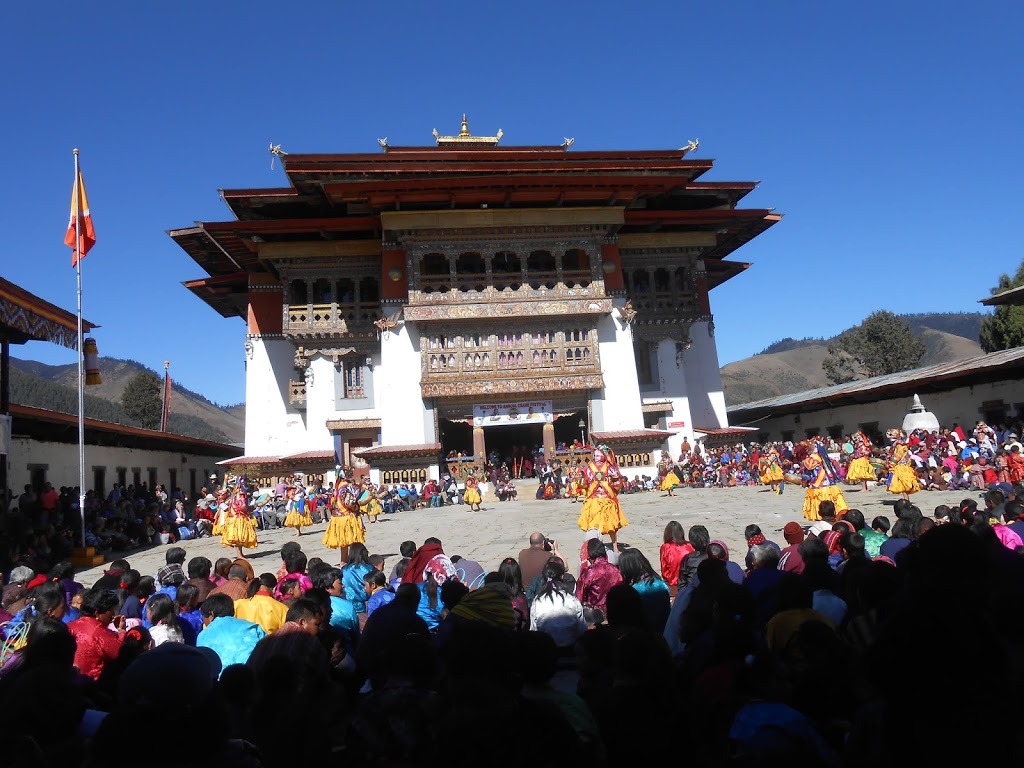
If temples & deities display supernatural powers to bewilder humans, creatures of a lesser God are nothing less. Gangtey Gompa (Monastery), located in Pobjikha Valley in Wangdue Phodrang district of Bhutan is a 17th century monastery that rose to prominence due to the annual Black Necked Crane Festival held here on the 11th of November every year.
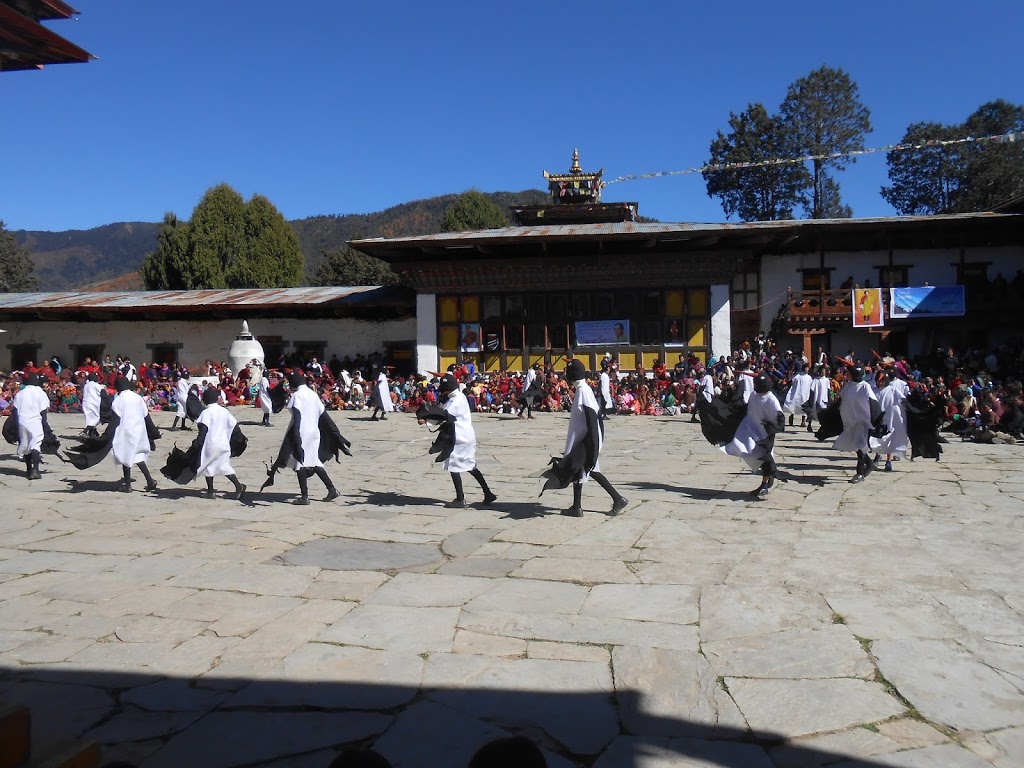
Black Necked Crane Festival
Black Necked Cranes, locally called Thrung Thrung are endangered species that make an autumnal appearance every October, when they fly down to Pobjikha Valley from the Tibetan plateau & roost here till spring, after which they spring back. Interestingly, the birds upon their arrival in October as well as before their departure in February are known to circle the Gompa thrice! To the Bhutanese, these are sacred birds, reincarnated as the two deities believed to protect the valley & their three-fold circling of the Gompha denotes the protecting of the Three Jewels of Buddhism-the Buddha, the Dharma & the Sangha.
Unsolved Mystery:- Bird migration is inherent but that these mute creatures circle the Gompa & that too thrice, before roosting & before leaving the valley, has left me stumped.
16. THE QUEEN’S CURSE
If temples boast of miraculous powers, the Gods and Goddesses within, have also bestowed some powers to suffering souls.
Nestled deep in the woods, with pathways paved by footprints and motor tracts, is our family temple in Tirunelvelli (Tamil Nadu)-Sundaraakshi Amman Temple.
Goddess Sundaraakshi being my in-laws’ family deity, had me visiting the place some years ago.
‘Tiru’ meaning ‘fine’ or ‘bounteous’ and ‘Veli’ meaning ‘field’, ‘Tirunelveli’ certainly stands for all that the name signifies. The place wrapped in emerald verdure is indeed a visual treat…
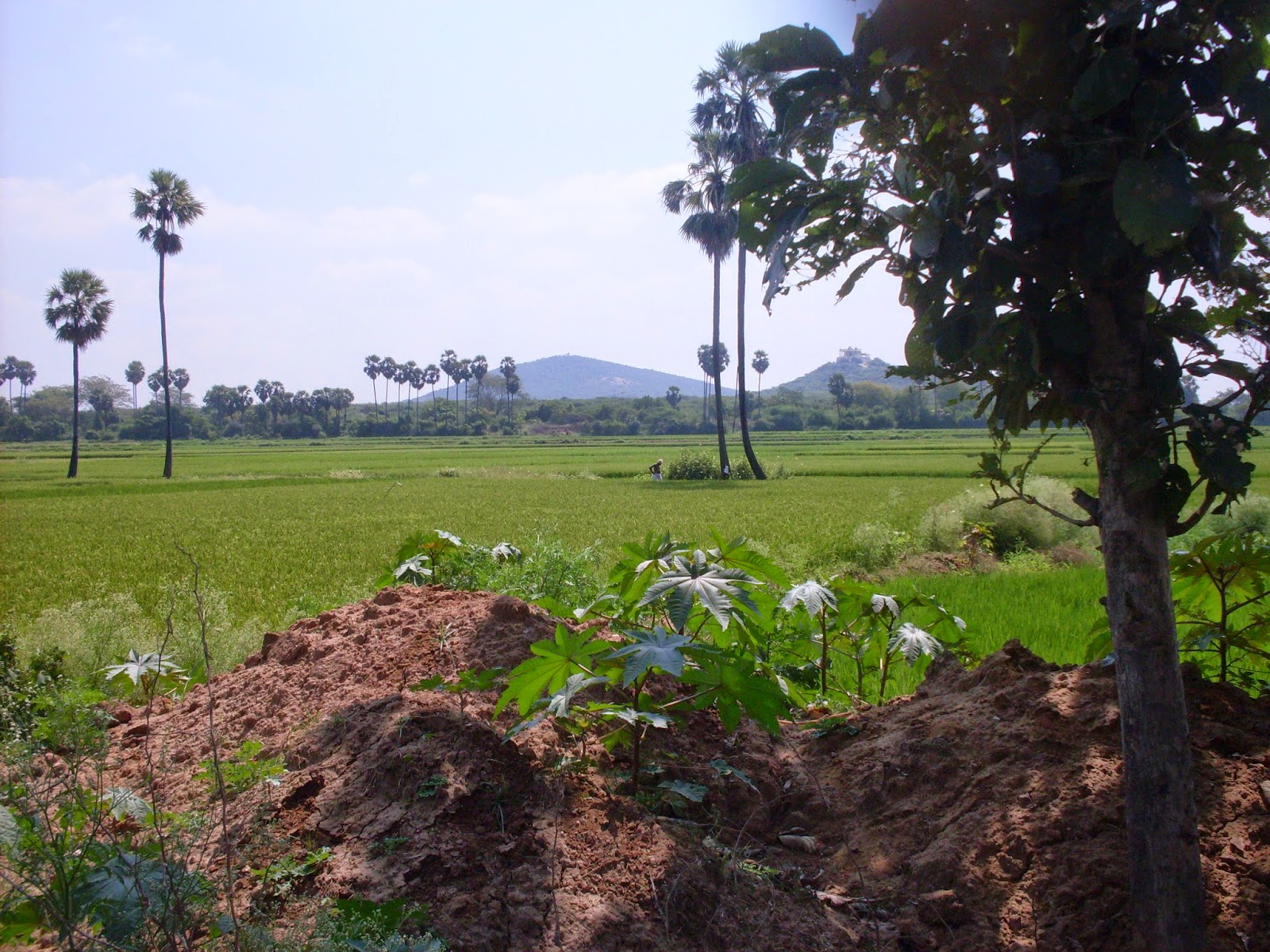,+nelu(husk,+rice)+veli-field.jpg)
It was indeed ironical that there weren’t many houses on the path, despite the carpet of green…
Sundaraakshi where ‘Aakshi’ means ‘eyes’ and ‘Sundar’ means beautiful, Sundaraakshi is the Goddess with beautiful eyes and also Sundar’s (Shiva’s consort).
However, it was only later that I discovered another significance for the name. Stated on a plaque in Tamil was the story of Queen Sundaraakshi, a king’s wife who perhaps resided in the place a few hundred years ago!
The story on the plaque piqued my curiosity and unraveled some truths. On further probing the head priest began his narration by stating that no man who lived in the village surrounding the temple was able to enjoy his first marriage because his wife would eventually die, thereby compelling him to remarry!
Thus began the story and saga of Queen Sundaraaskhi….
Eons ago, lived a queen with a devout king for a husband. The wise and just king was revered by his subjects I heard, and the queen lived happily…till destiny changed their course…
But when the king decided to crown the son begotten by his second wife, Queen Sundaraakshi was appalled, for, more suitable was her own son. When her pleadings fell on deaf ears, she appealed to the ministers and the villagers, who maintained a tight-lip fearing the king’s wrath.
Sounds clearly melodramatic and filmy but it indeed is a true story.
Having stumbled upon this piece of valuable information, we left for Mumbai to narrate the story to other family members..But each time I think of the village, the temple and the priest’s narration, I can’t but help rerunning the narration in my mind.
“Hell hath no fury like that of a woman scorned”….seemed to echo!
The queen’s curse just brings home the truth that no matter how compassionate and benign the Almighty may be, His compassion seems to pale in comparison to human feelings!
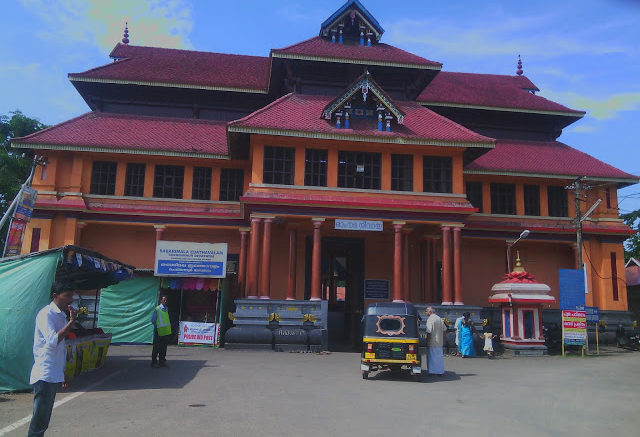
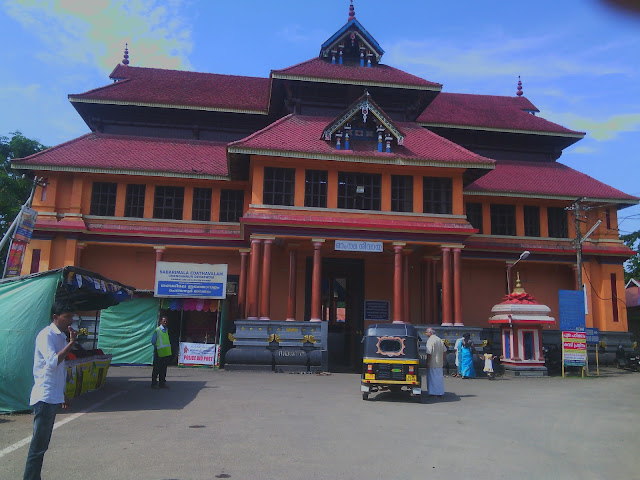

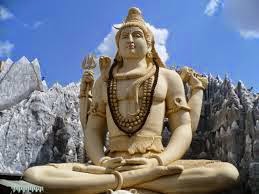
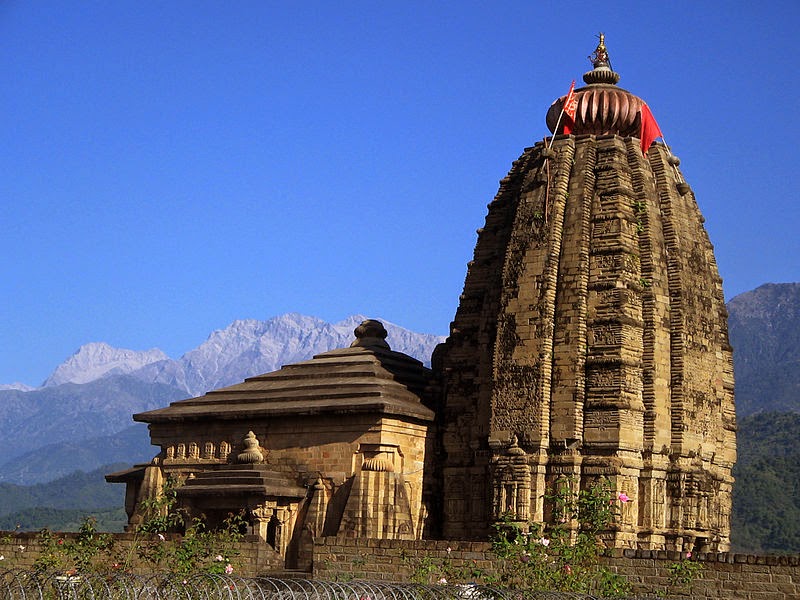
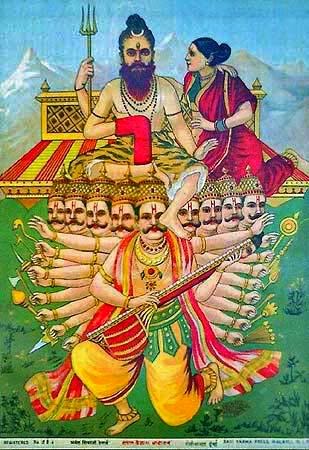
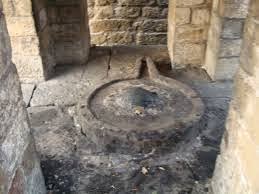
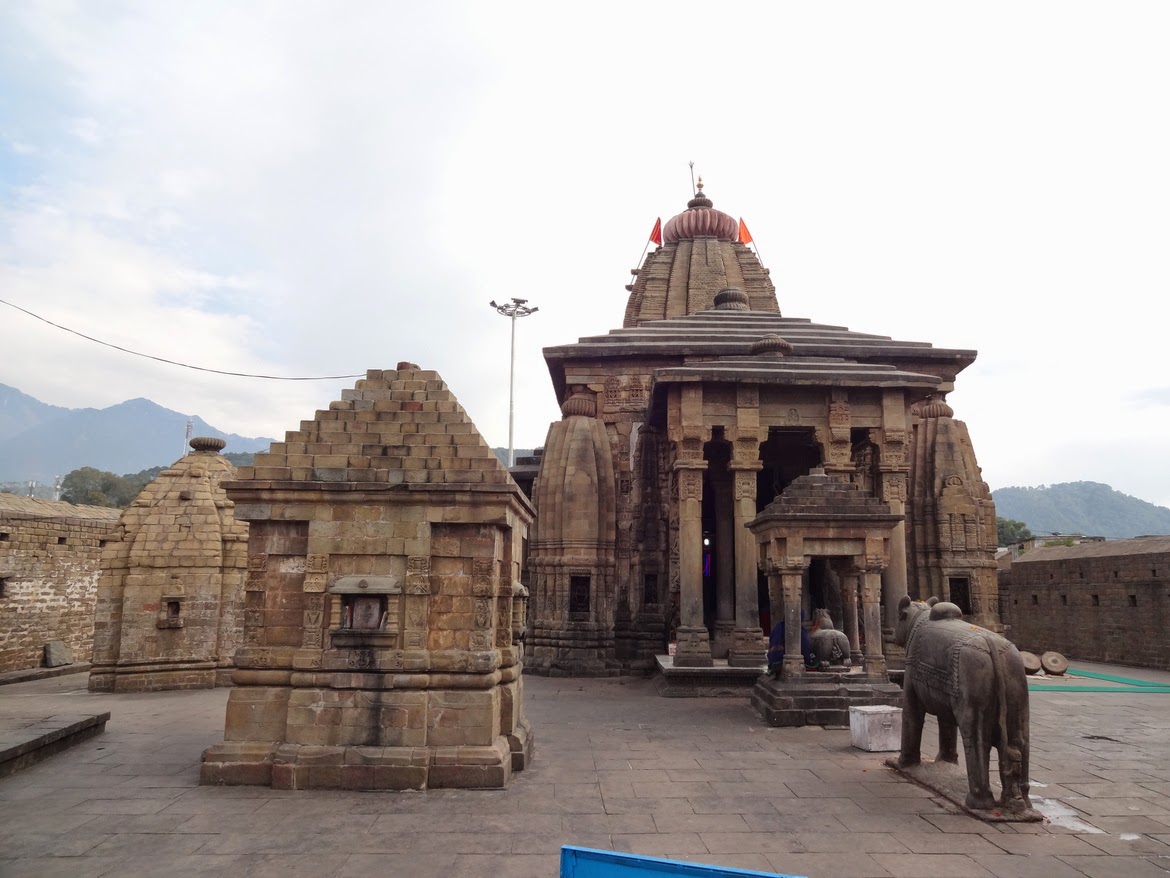
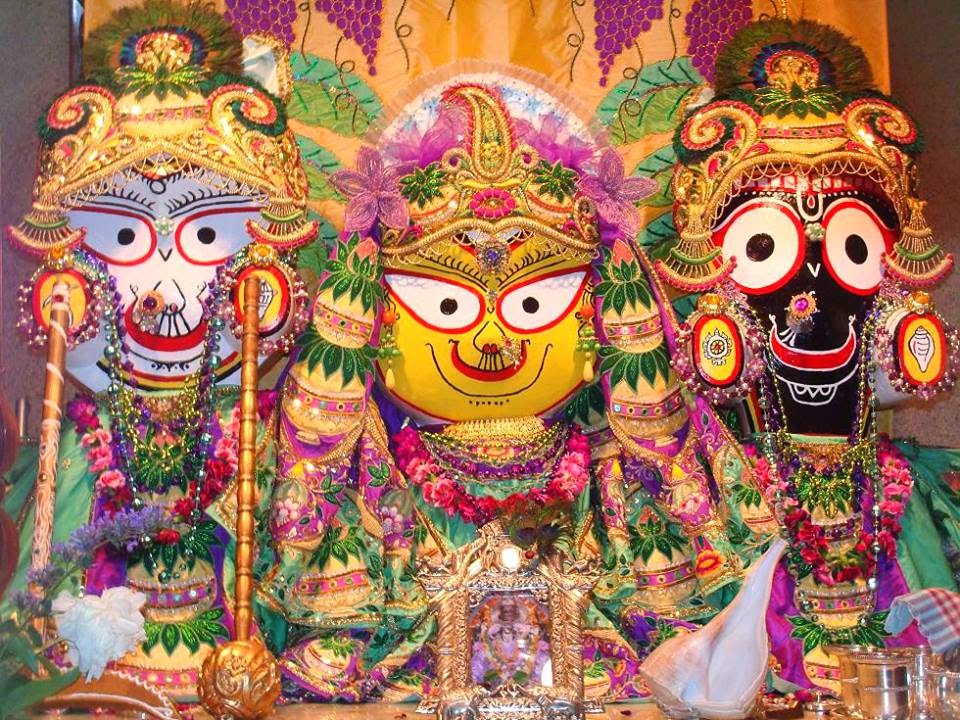
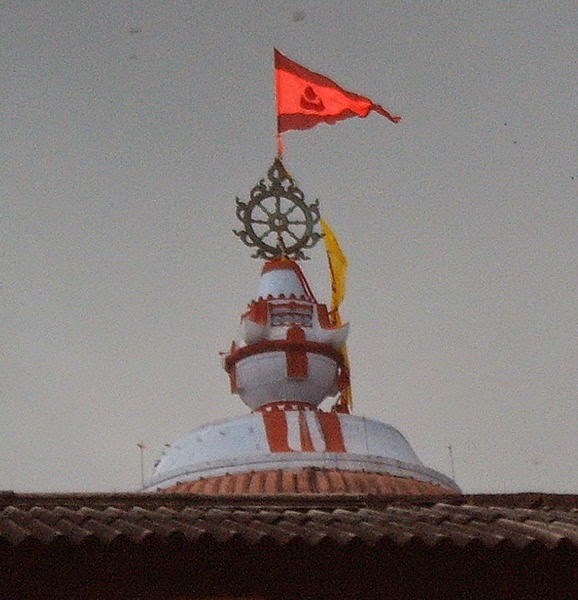
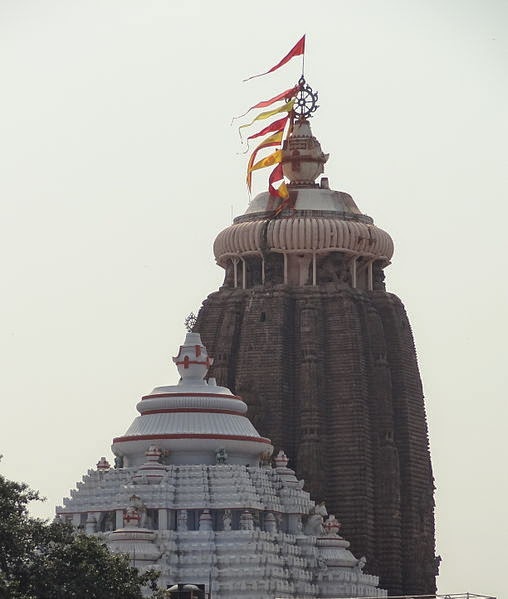

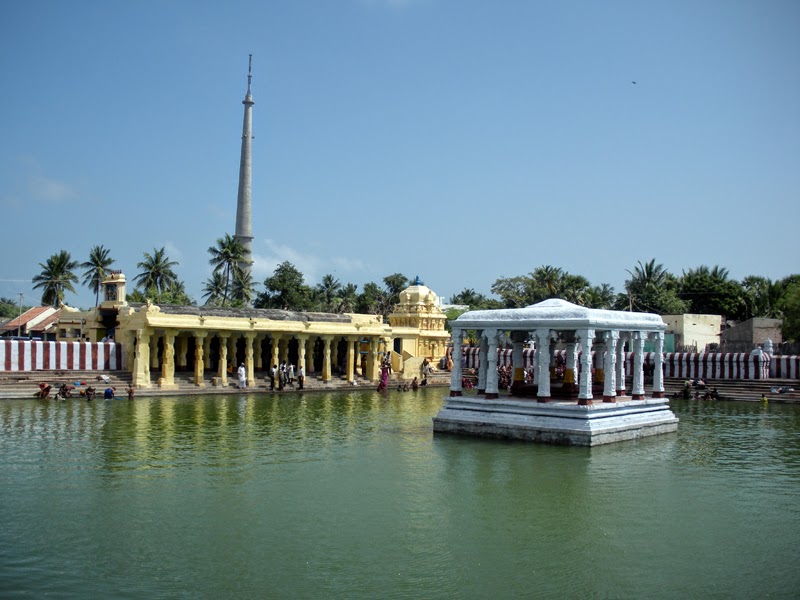
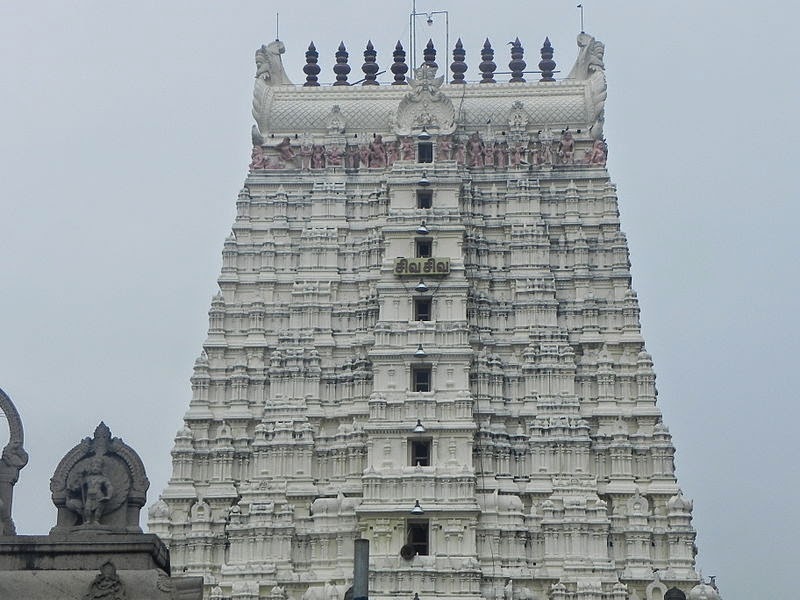
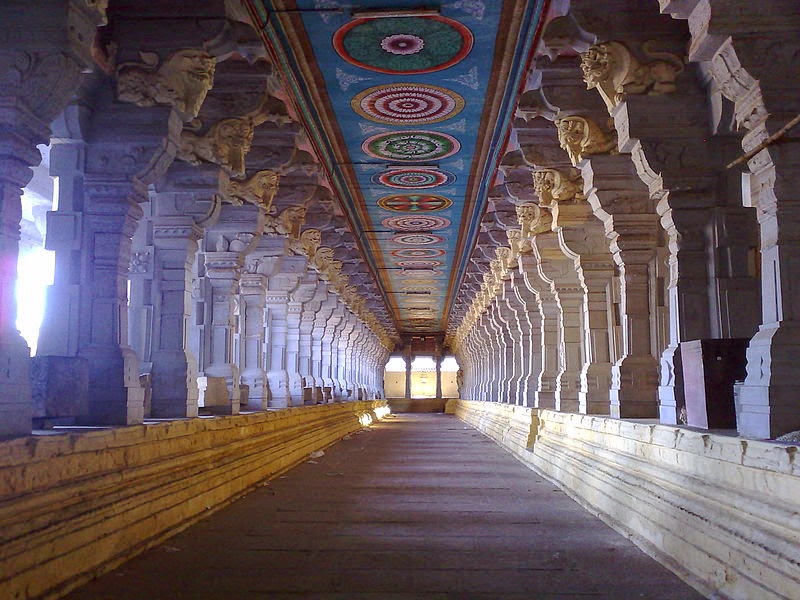

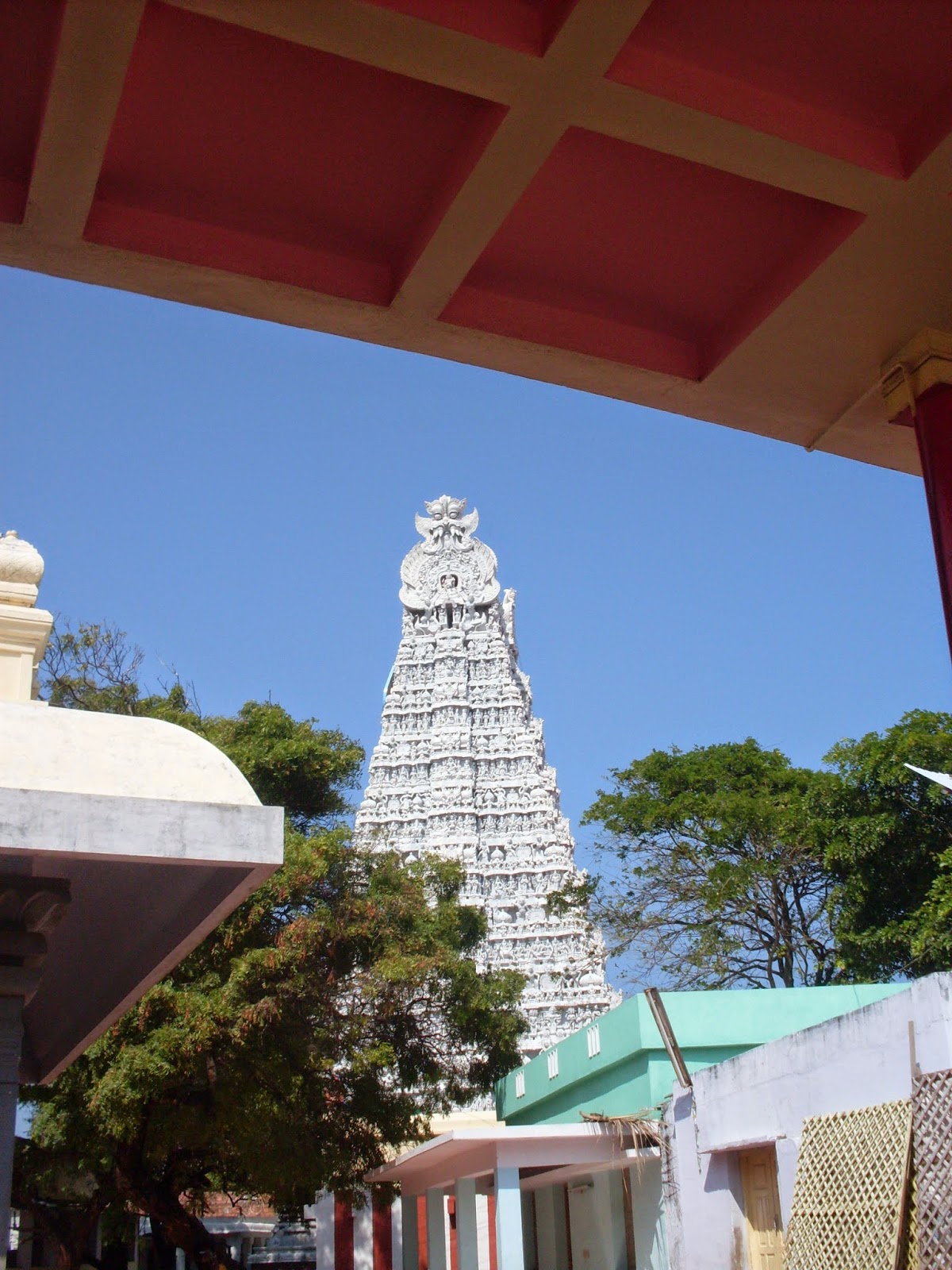

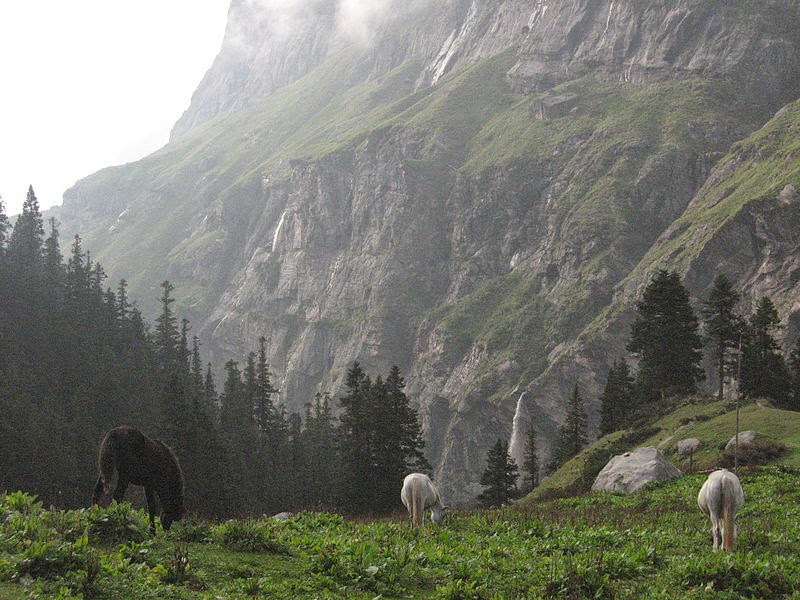
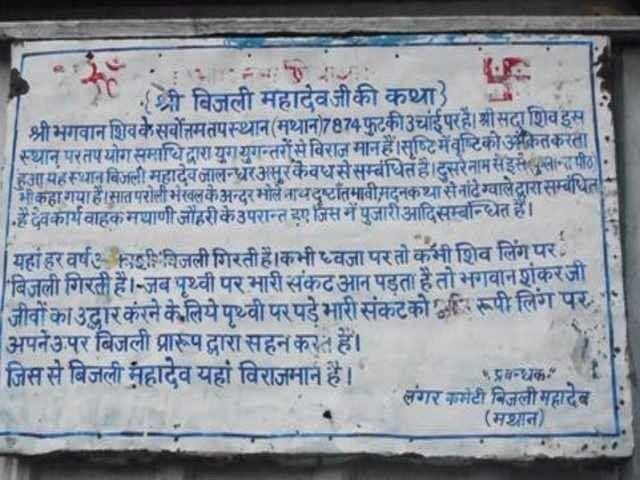
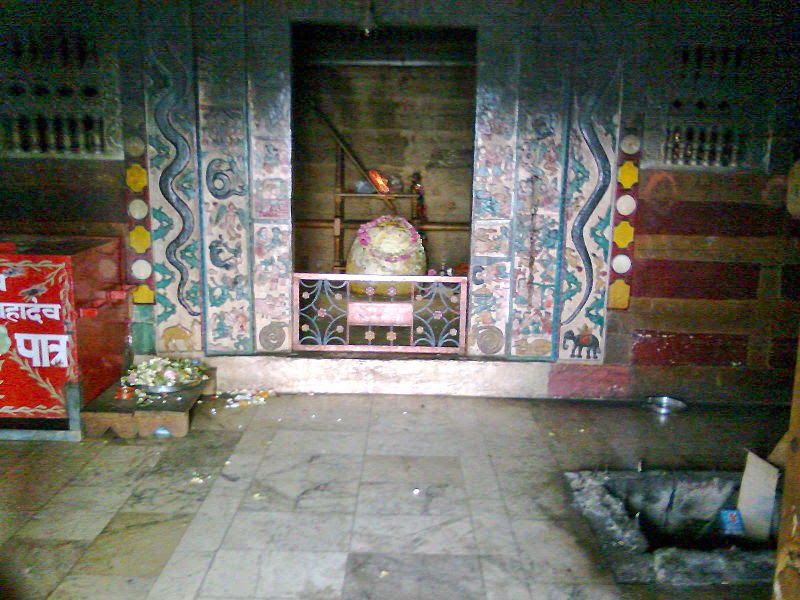
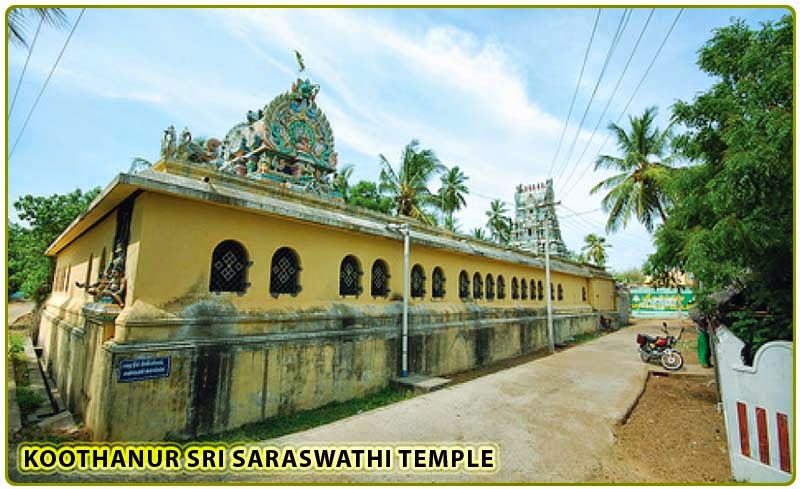
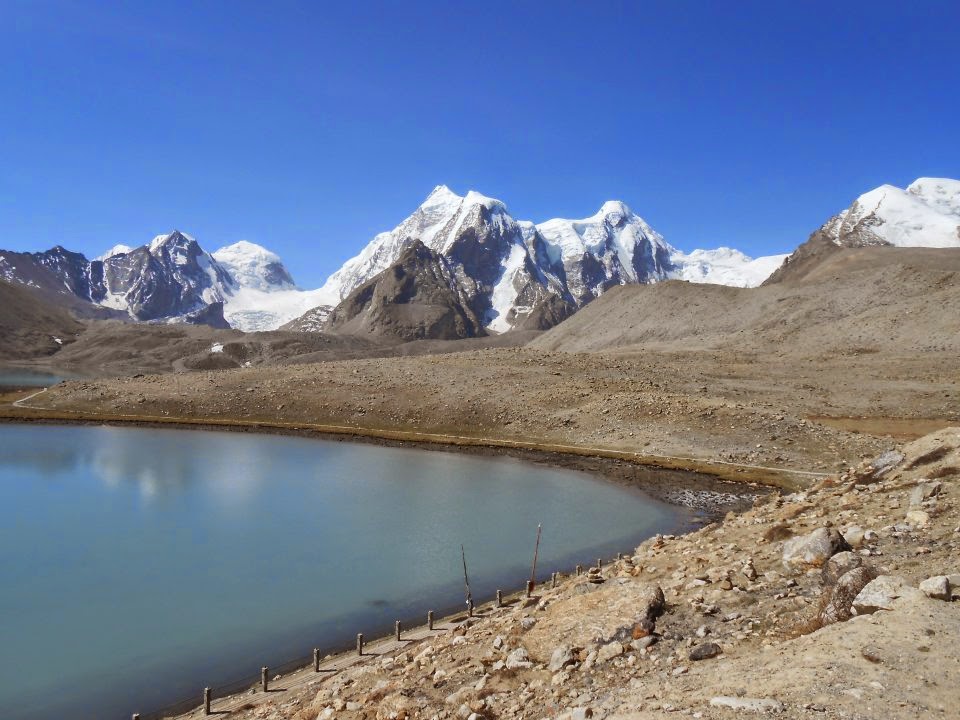
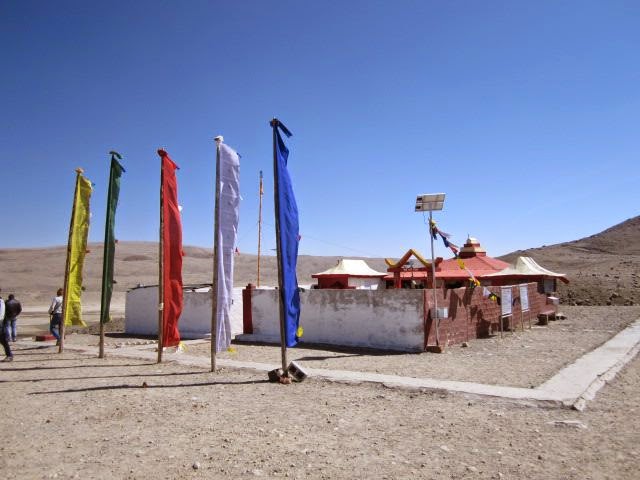
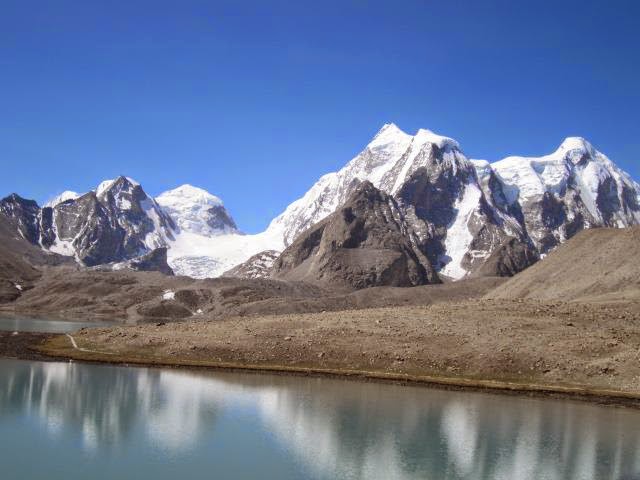
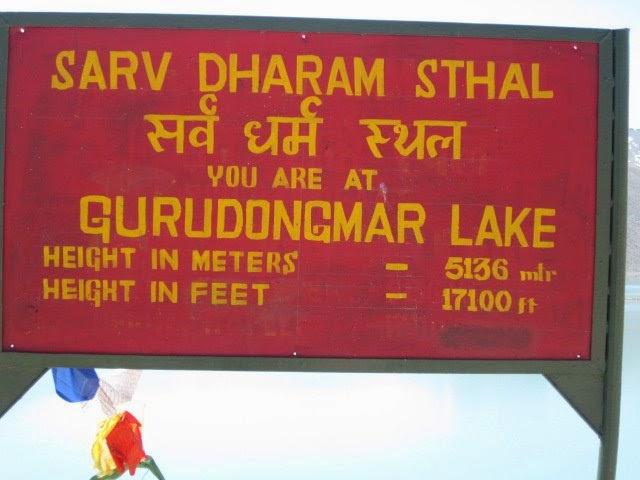
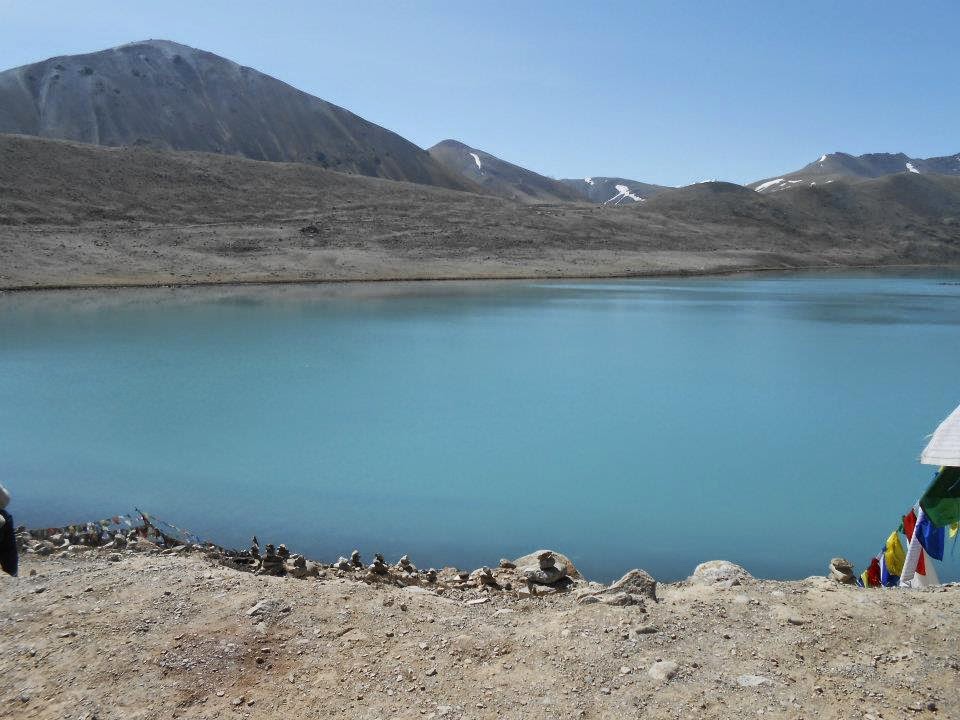
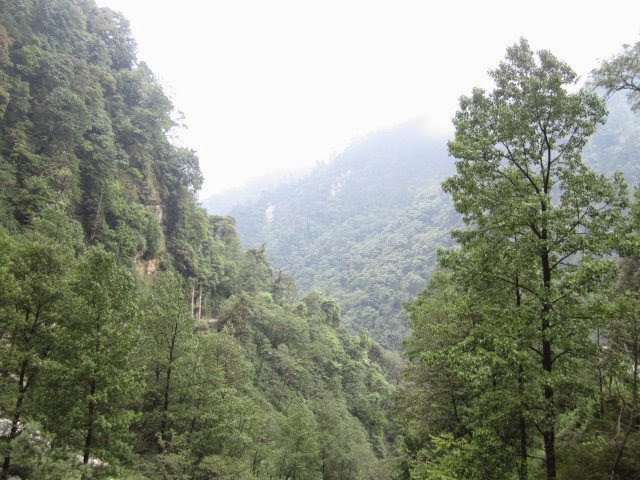
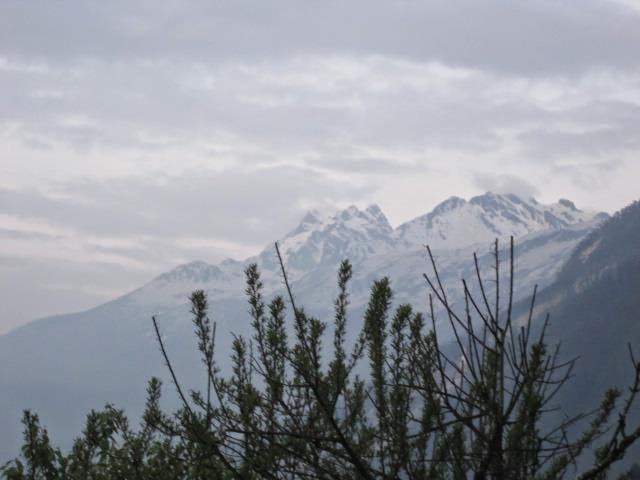
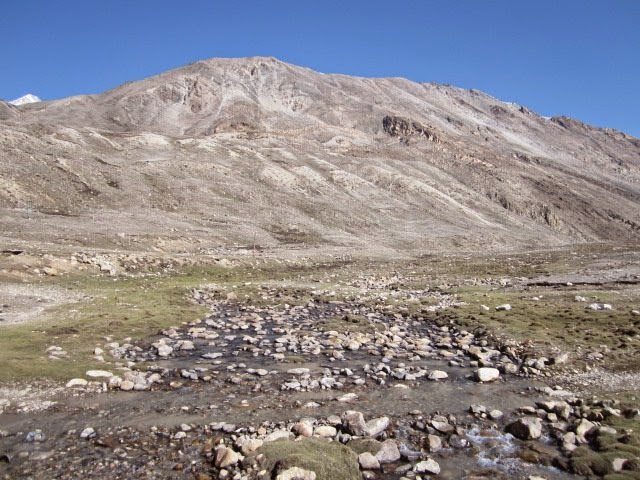

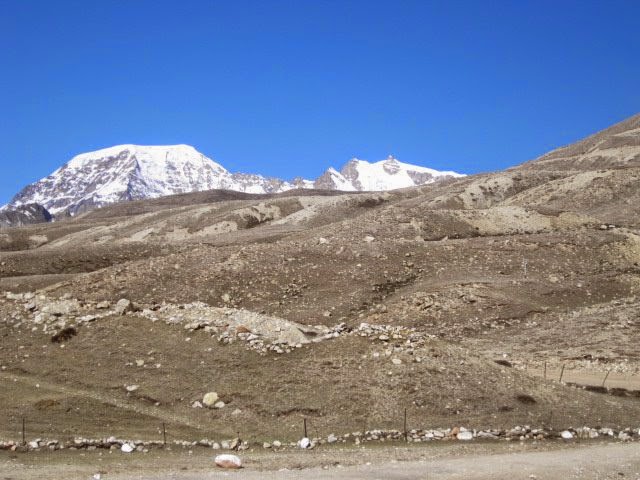

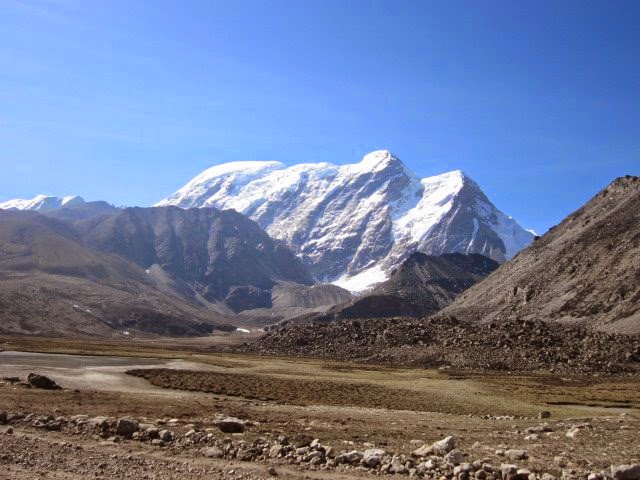
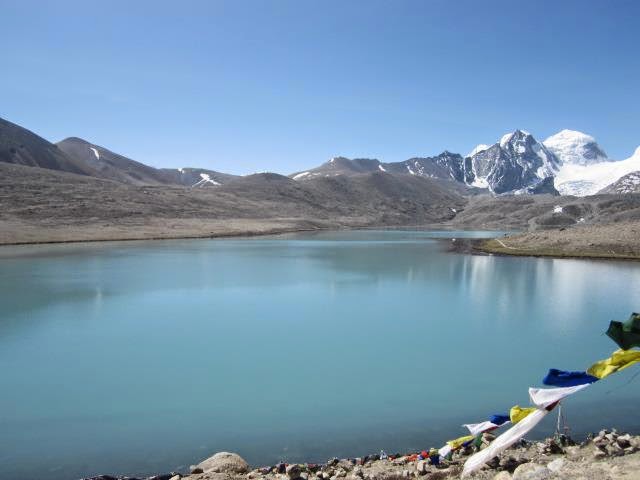

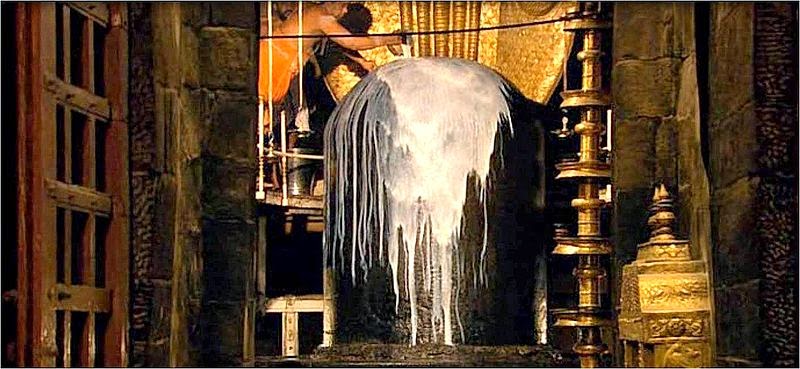
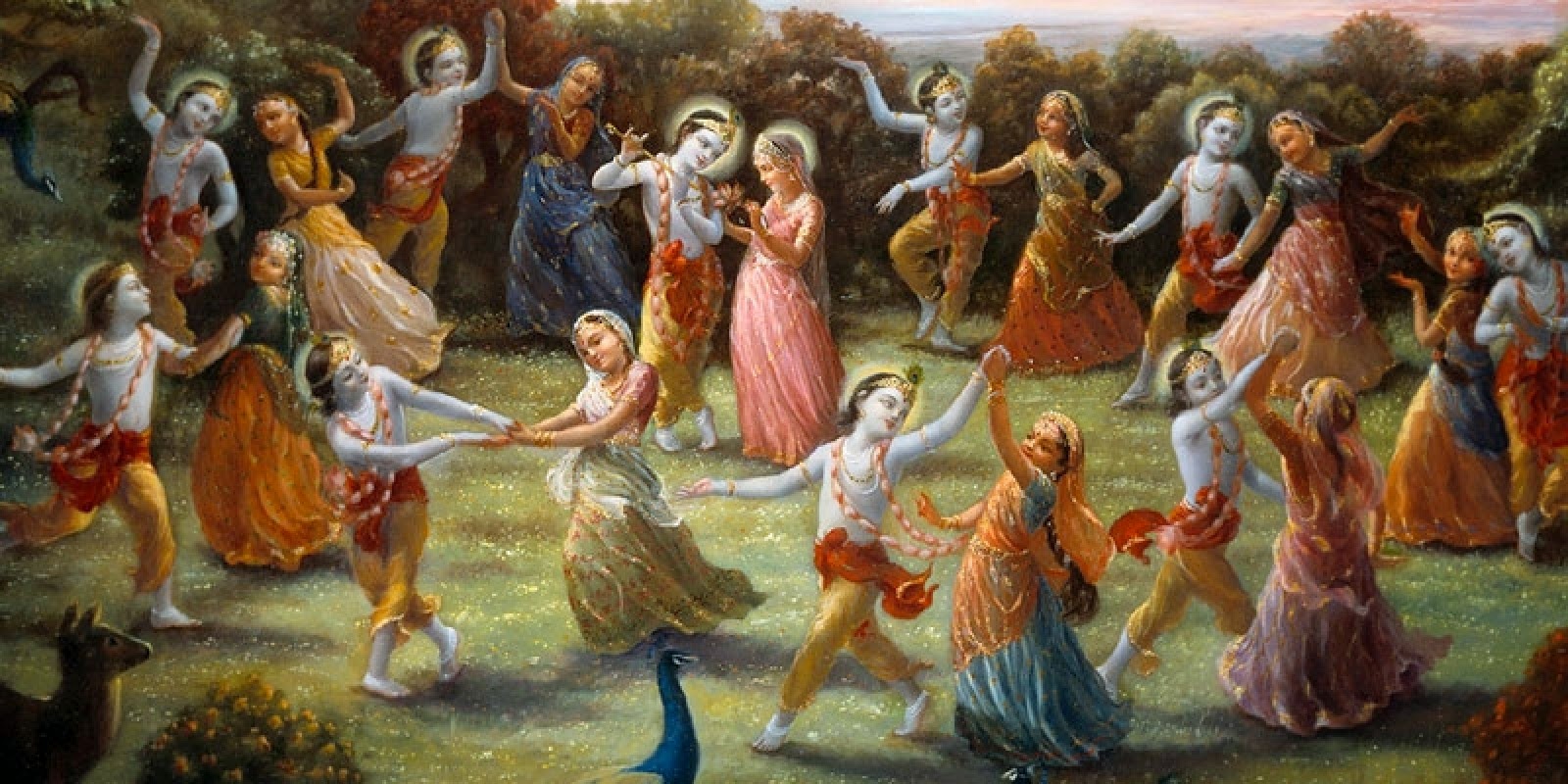
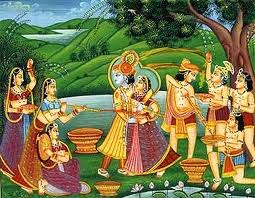


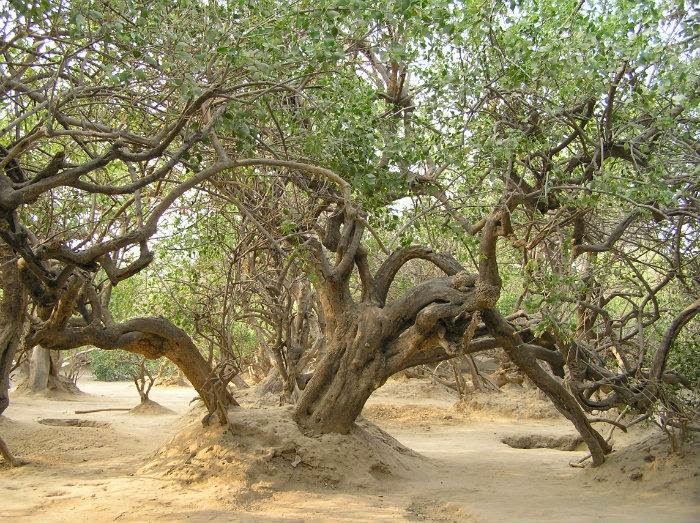
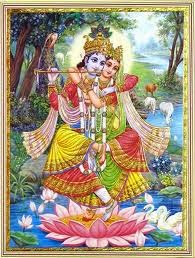
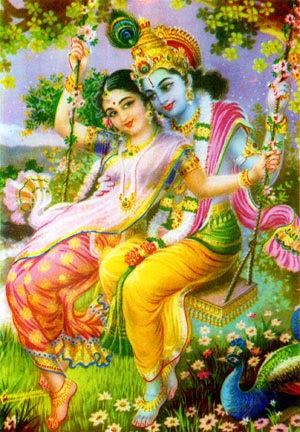
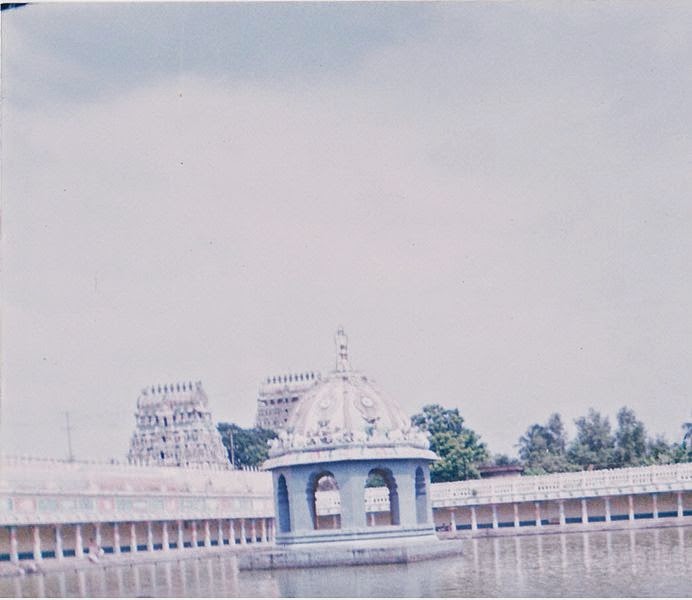
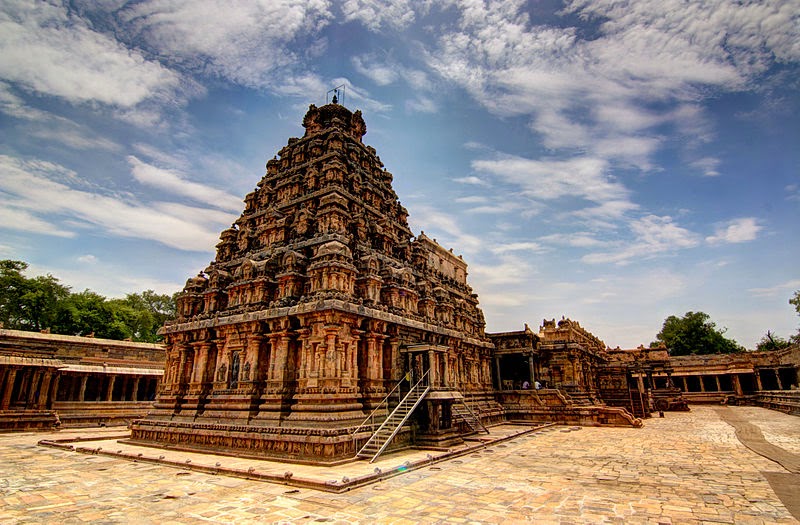
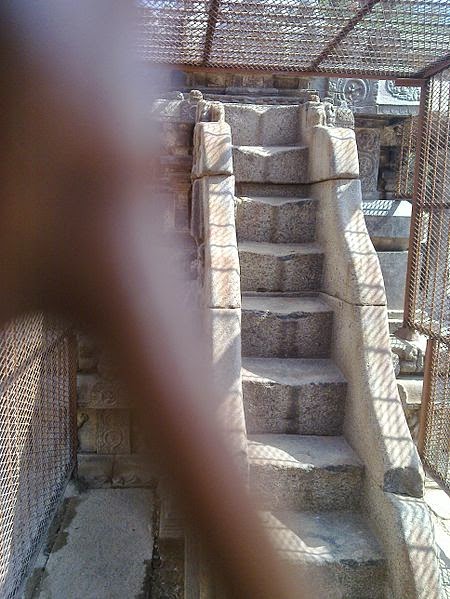
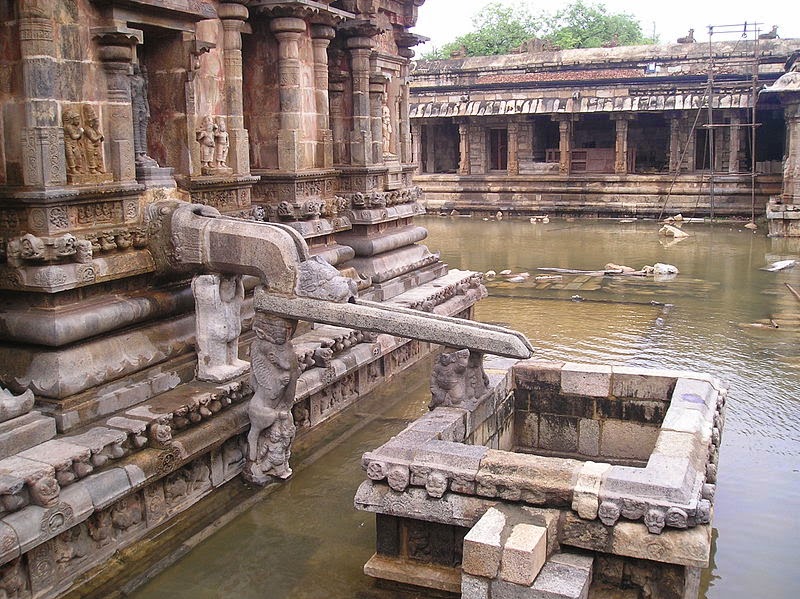
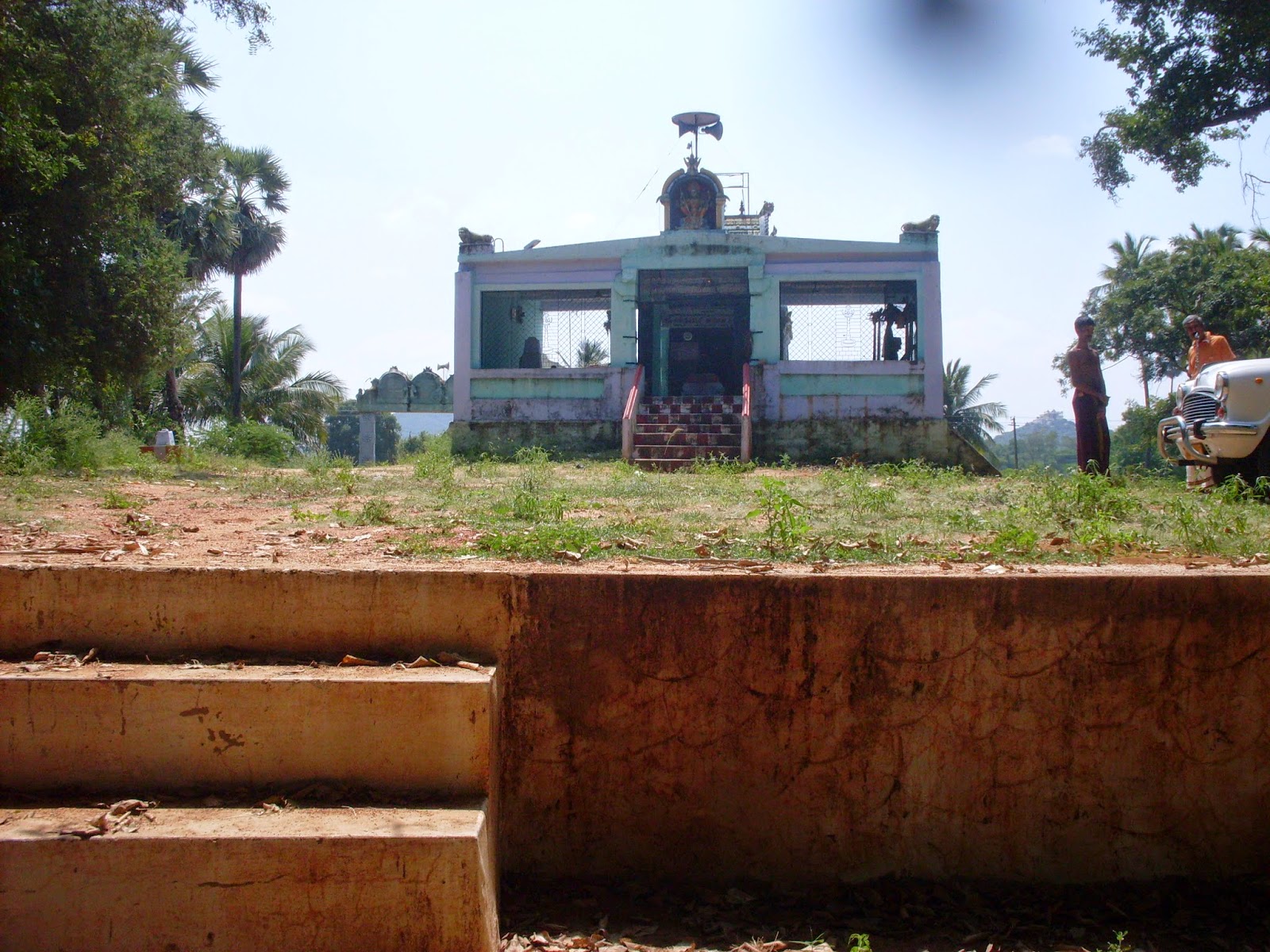
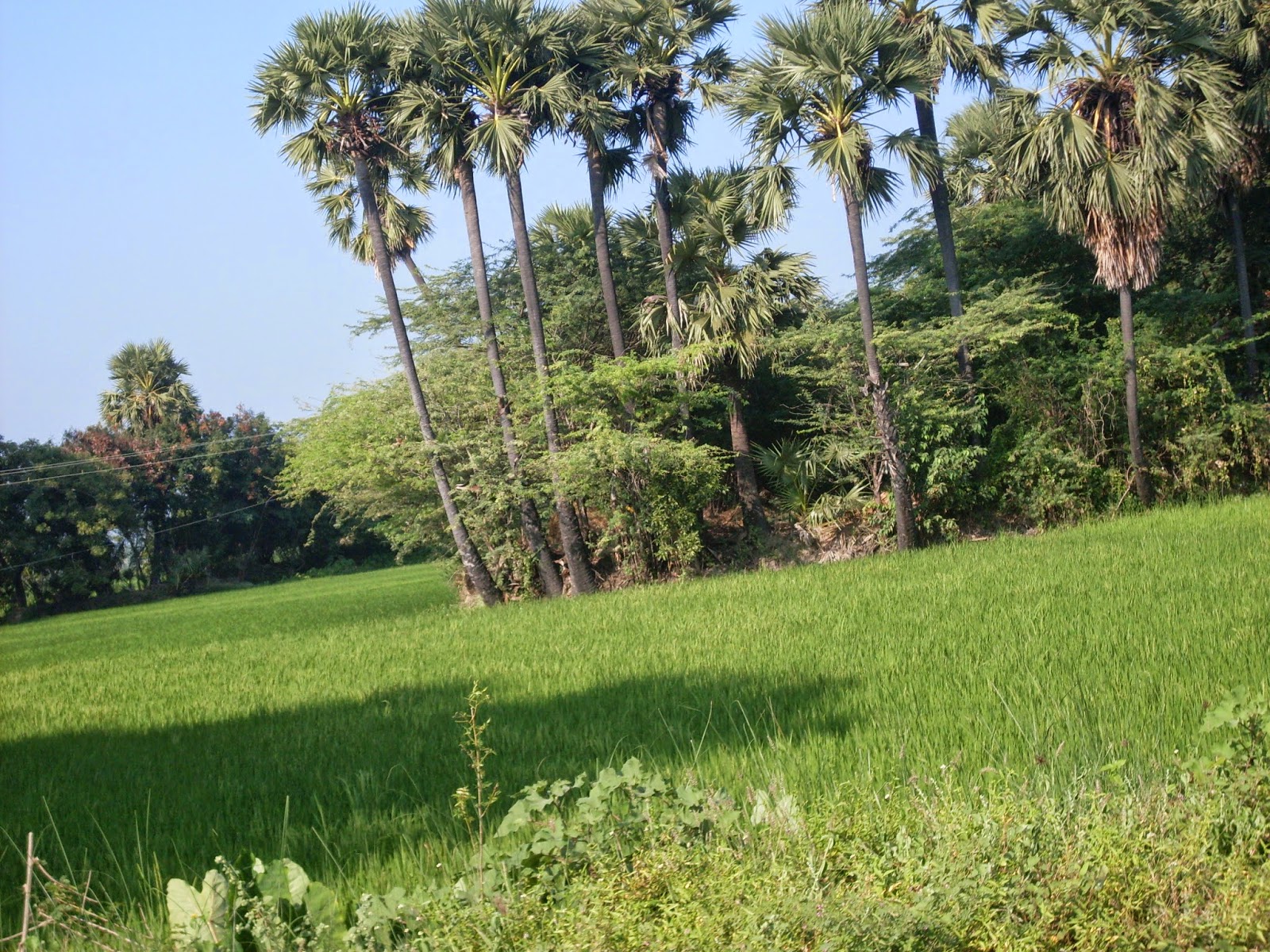
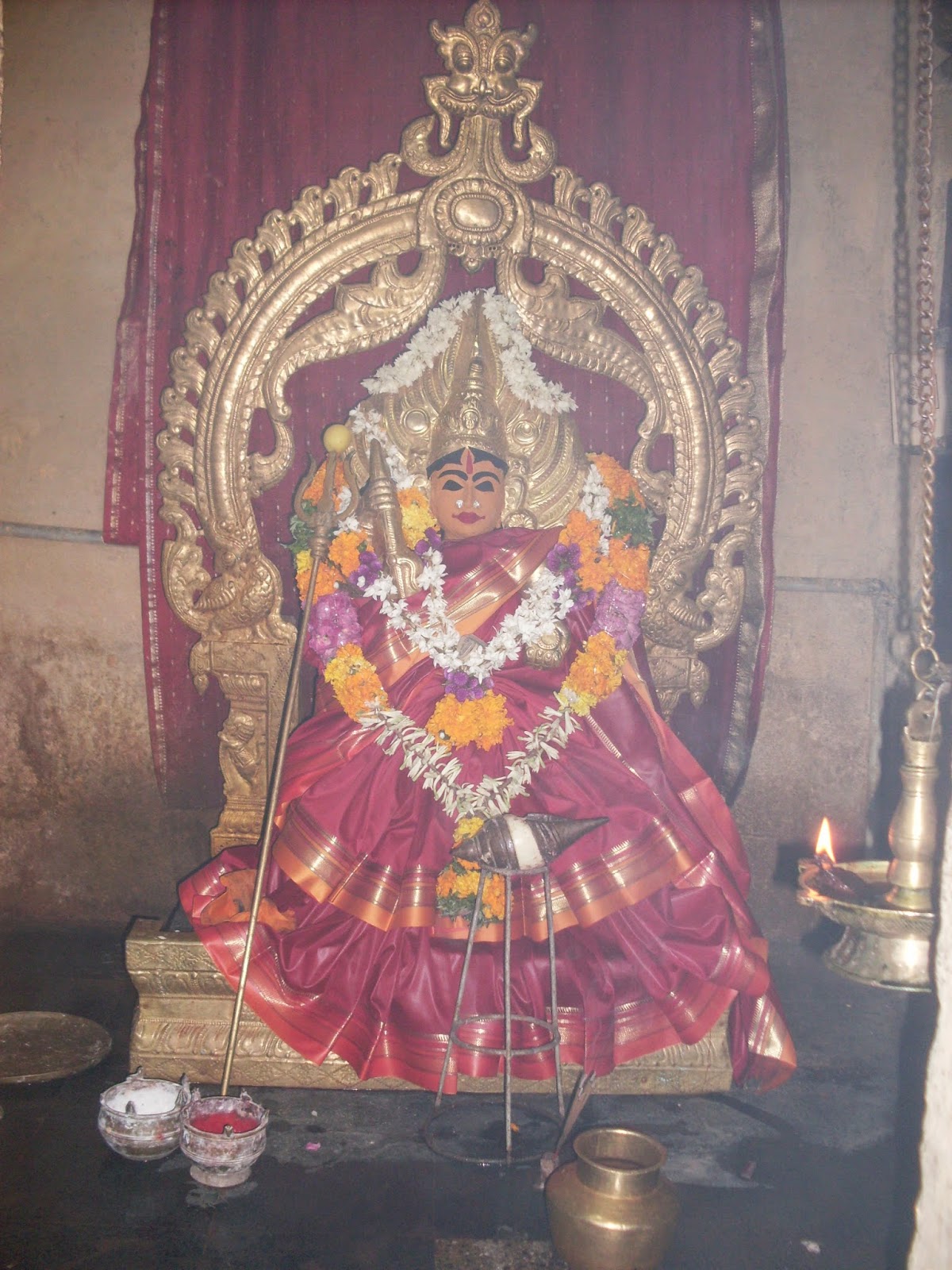
it was really interesting to read your blog , spend the whole evening reading it, very well described each and every minute details
looking forward for more
Thanks Raj, for taking time to read the entire post. Glad that you liked it. Do keep a watch for more..
Great and beautifully written. Worth reading again and again.
Thanks, you've always been my inspiration..:-)
May I know which place this particular temple is present? I mean which place in tirunelveli ?
It is in Mannapadaiveedu or Mannapadai in Paalayamkottai district.
[…] a peek into this blog http://www.tra-verse.com/the-queens-curse-other-temple-mysteries/ for more information on this temple. 3 hours from Cochin, in the district of Chenganoor, is this […]
Oh Subhrata
What a knowledge you have shared with us. May God Bless You with his blessings of sharing such experiences and knowledge with all of us, further too.
Take care.
Thank you for that. Blessings are always welcome. I hope I get to visit more such temples so that I can unravel the mysteries that lurk in them..
Your articles are extremely helpful to me. May I ask for more information?
Sure..
I’m truly impressed with your keen analysis and stellar writing style. Your depth of knowledge is evident in each paragraph. It’s evident that you spend considerable time into delving into your topics, and this effort is well-appreciated. We appreciate your efforts in sharing such detailed information. Keep on enlightening us! https://www.elevenviral.com
Thank you very much for your kind & generous words. I’m glad you enjoyed the post. Do keep reading..